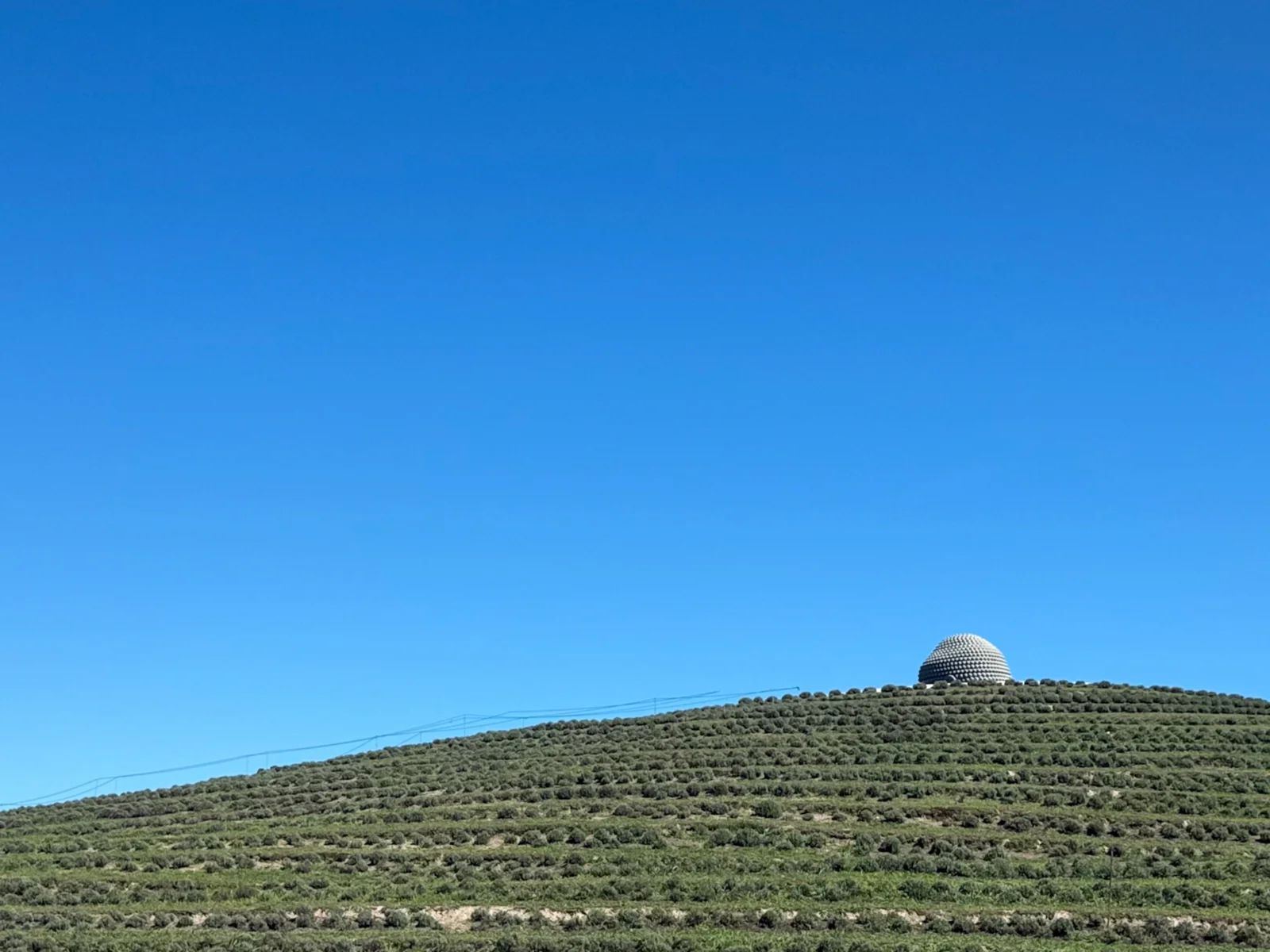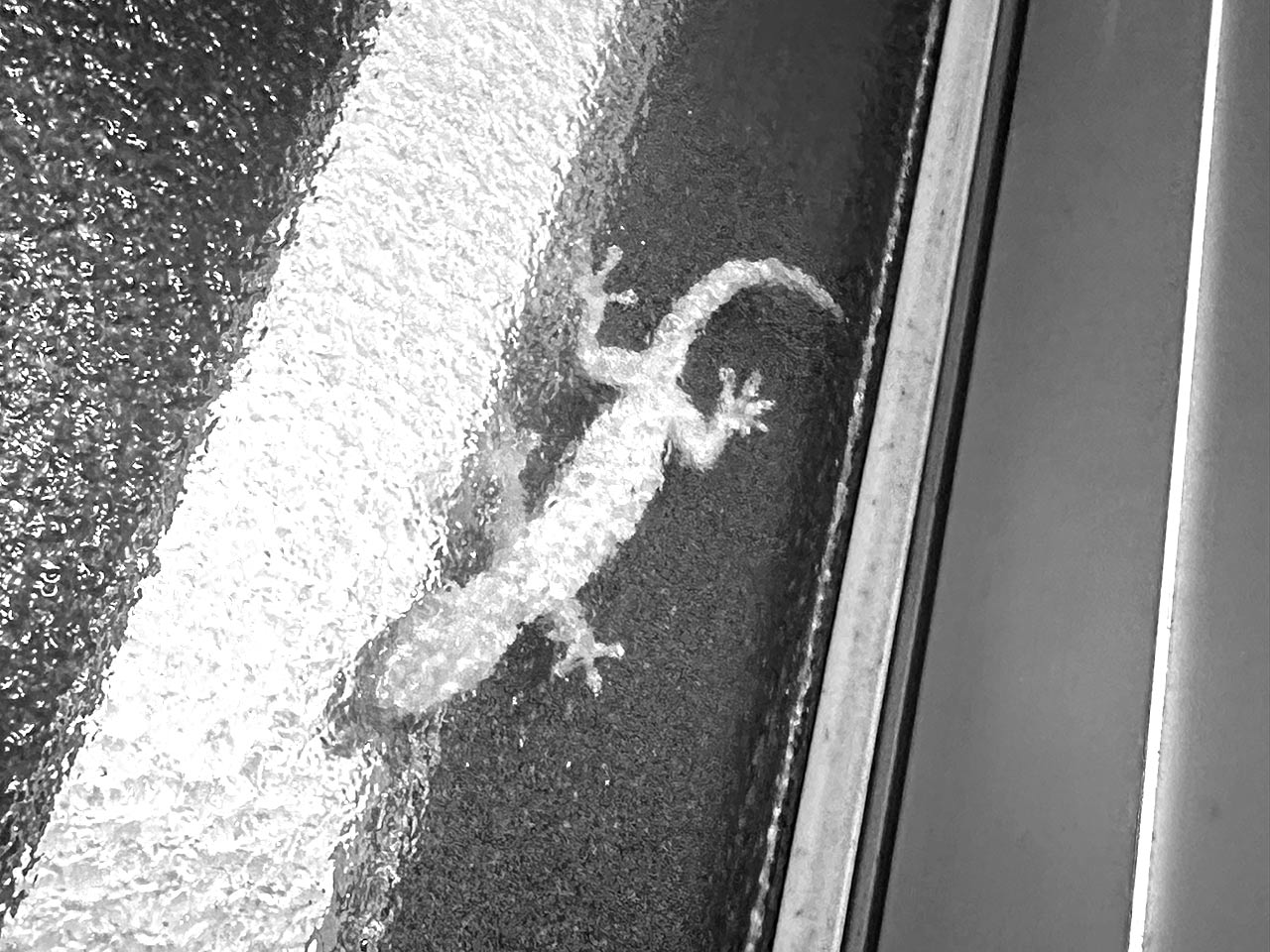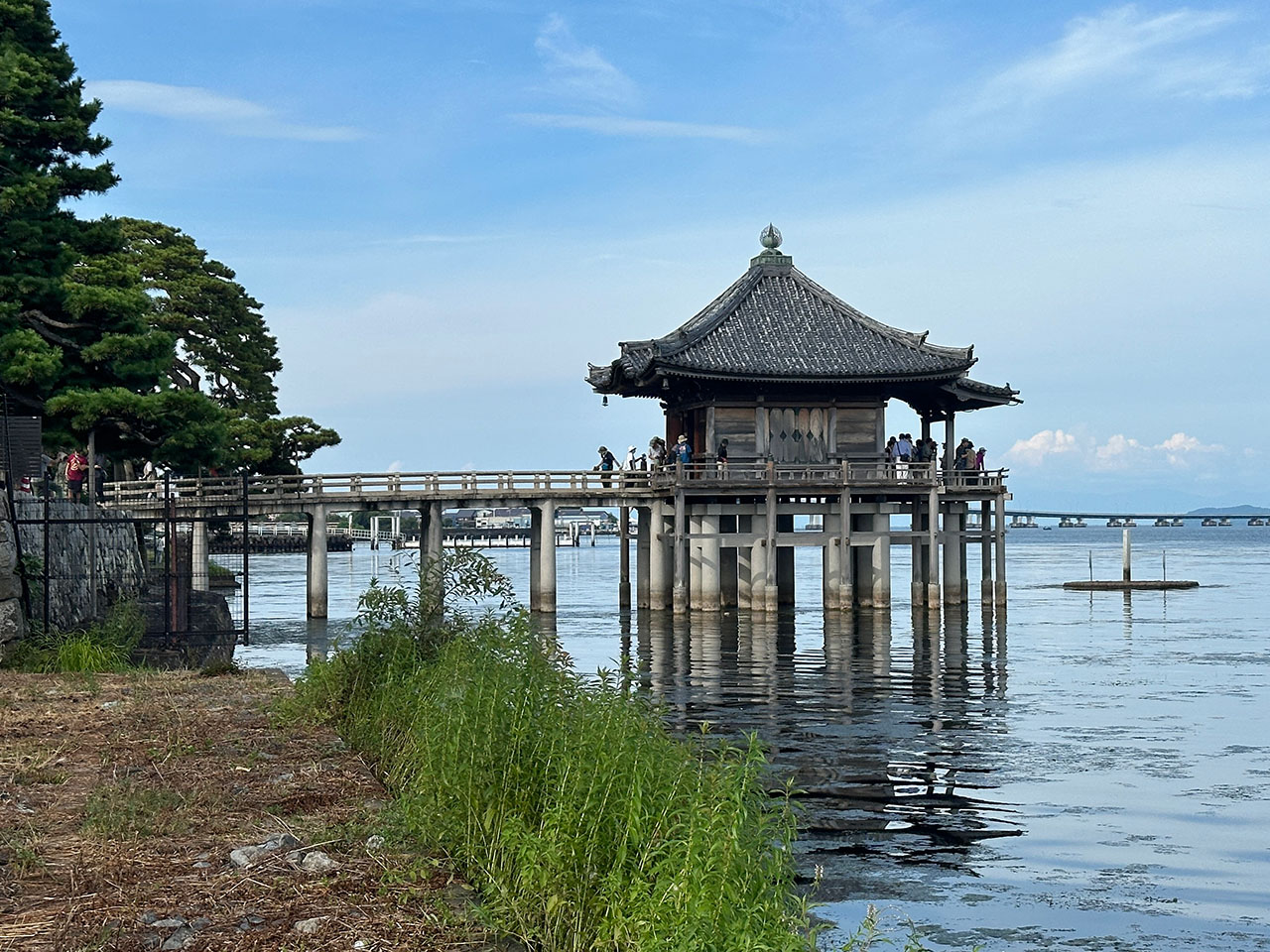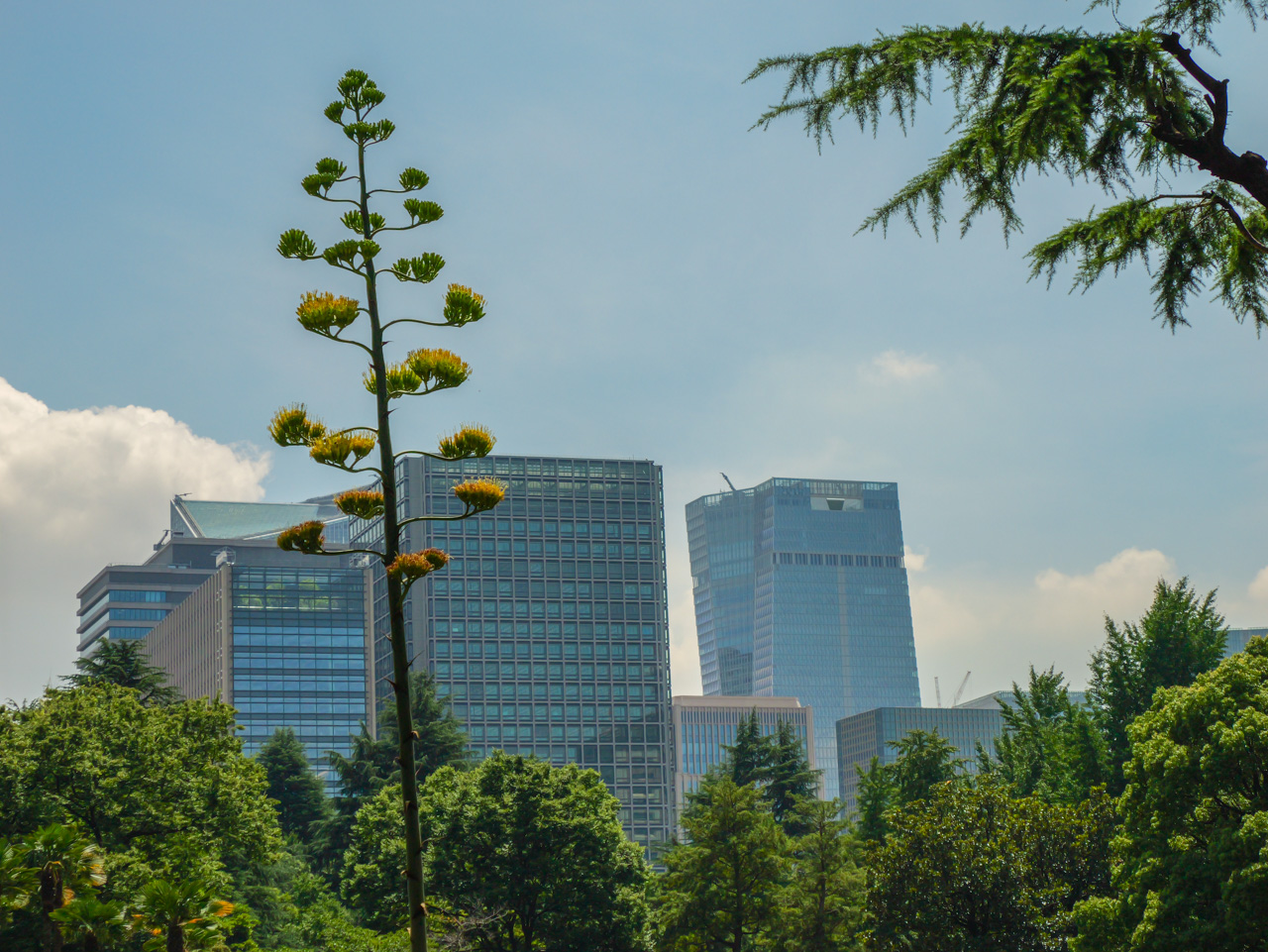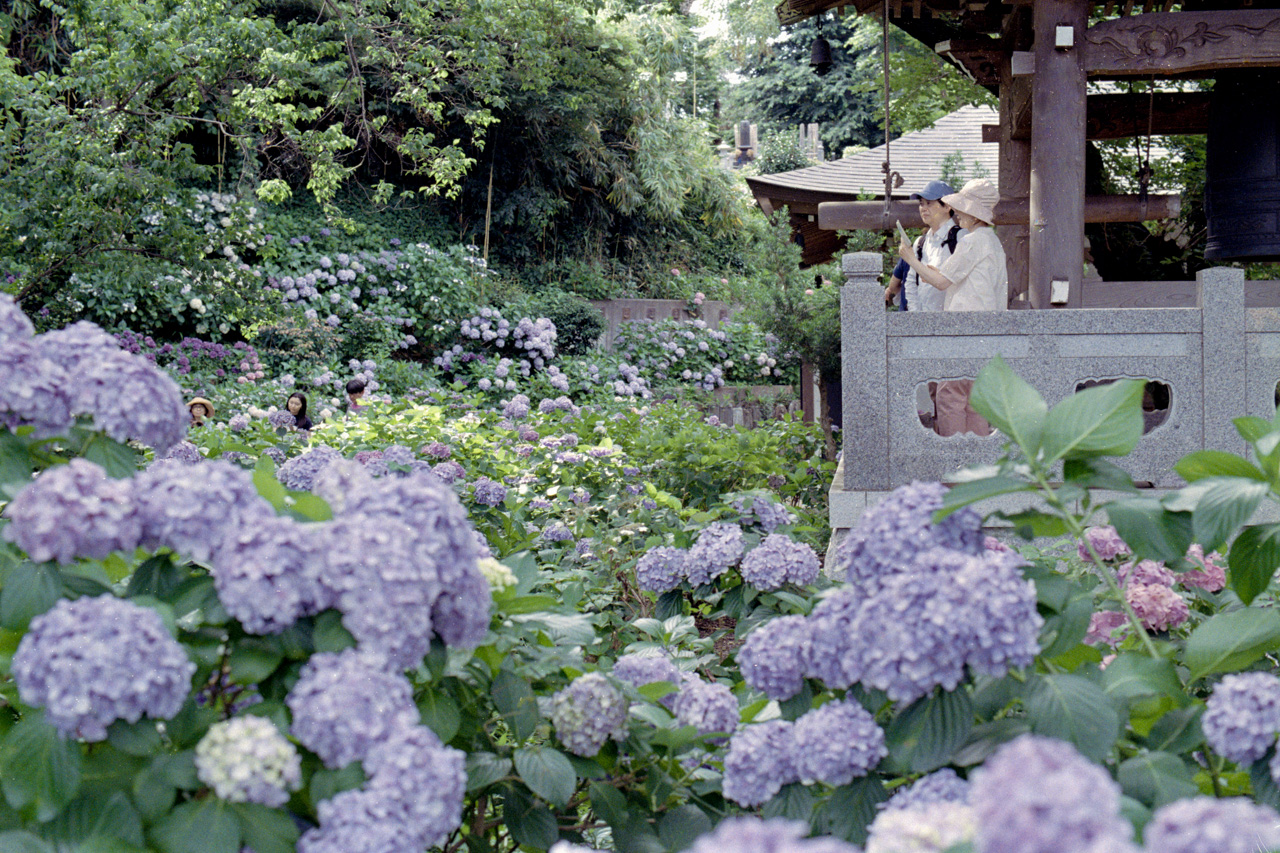Hidden in the hills of Akiruno, Kotokuji Temple feels worlds away from modern Tokyo. With its old thatched roofs and a courtyard covered in a golden carpet of ginkgo leaves, it feels like a place where time has stood still.
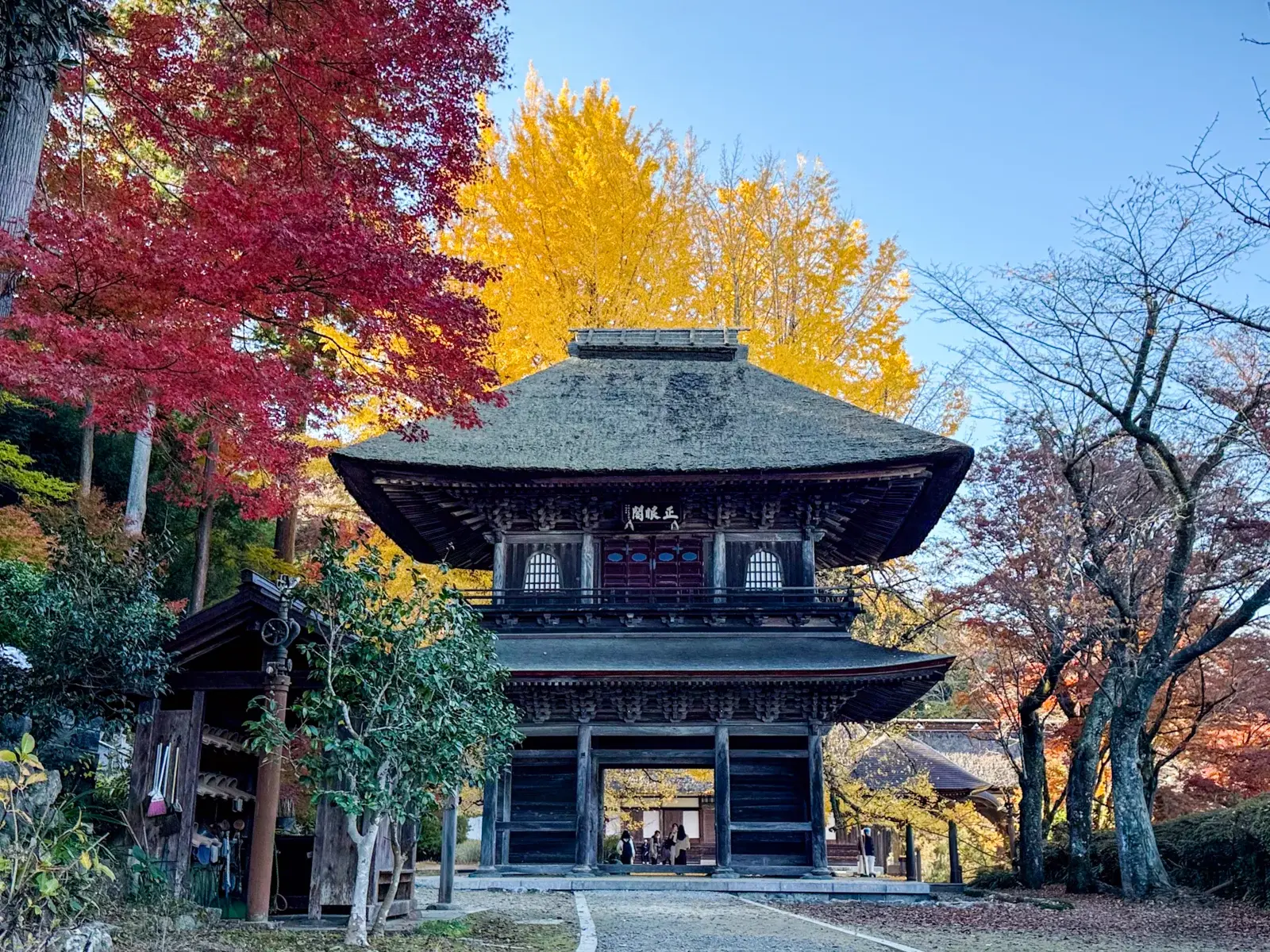
I’ve just added a new batch of photos, this time from a trip to Kotokuji Temple (廣徳寺) in Akiruno, Tokyo, and you can see them here.
If you haven’t heard of this place, you’re not alone. Hidden in the forested hills in the western part of Tokyo, Kotokuji feels like it belongs to a different era entirely. I could easily imagine it as a set for one of those TV dramas set in the Edo period. The main hall and the two gates (the outer one and the sanmon gate) still have thatched roofs, which is something you rarely see at temples nowadays. Kotokuji was founded in 1373 (that’s over 650 years ago) and belongs to the Rinzai Zen school.

